Description
Alocasia portei, also known as the “Elephant Ear,” is a stunning tropical plant known for its large, dark green, arrow-shaped leaves with striking white veins. This plant is native to Southeast Asia and is a beautiful addition to any indoor or outdoor garden. The bold foliage and dramatic appearance make it a perfect choice for plant lovers looking to add a touch of tropical elegance to their space. Alocasia portei thrives in high humidity and indirect light, making it well-suited for bathrooms, kitchens, or bright indoor spaces.
- Full Botanical Name: Alocasia portei
- Common Names: Elephant Ear, Porter’s Alocasia
- Country and/or Region of Origin: Native to Southeast Asia
- Growing Conditions in Native Habitat: Grows in tropical rainforests with high humidity, well-drained soils, and filtered sunlight
- Care Guide:
- Light: Prefers bright, indirect light. It can tolerate some lower light conditions, but the growth will be slower, and the vibrancy of the leaves may decrease in low light.
- Ideal Room: Ideal for bathrooms, kitchens, or bright living areas with indirect light. It can also thrive in well-lit spaces such as near windows with sheer curtains or in terrariums.
- Feeding: Fertilize every 4-6 weeks during the growing season (spring to summer) with a diluted, balanced liquid fertilizer to encourage healthy growth and vibrant foliage.
- Humidity: Prefers high humidity. Misting regularly or placing the plant on a humidity tray will help it thrive, especially in dry indoor environments. It’s perfect for bathrooms or kitchens with higher humidity.
- Ideal Temperature: Best kept between 65°F and 80°F (18°C to 27°C). Keep the plant away from cold drafts and temperatures below 50°F (10°C), as it is sensitive to cold.
- Watering: Water when the top inch of soil feels dry. Be careful not to overwater, as Alocasia portei is prone to root rot. Ensure the soil drains well and never allow the plant to sit in water.
- Pet/Child Safe: Toxic to pets and children if ingested. Keep out of reach of animals and young children to prevent accidental consumption, which can cause digestive discomfort or more severe reactions.
- Soil Type: Use a well-draining, rich potting mix designed for tropical plants. A mix containing perlite, orchid bark, or coconut coir will help provide proper drainage and aeration for the roots.
- Propagation: Propagate by division during repotting. Separate healthy sections of the plant, making sure each division has a portion of roots, and repot them in their own containers with well-draining soil.
- Eventual Height and Spread: Typically grows up to 2-3 feet (60-90 cm) tall and 1-2 feet (30-60 cm) wide, making it a mid-sized plant perfect for containers or as a statement piece in larger plant displays.
- Growth Rate: Moderate-growing. With proper care, it can grow steadily, producing new leaves throughout the year, especially during the growing season.
- Pests and Treatment: Generally resistant to pests but may occasionally attract mealybugs, aphids, or spider mites. Treat infestations with insecticidal soap or neem oil to prevent damage and ensure the plant remains healthy.
- Repotting: Repot every 1-2 years or when the plant becomes root-bound. Choose a pot that is slightly larger than the current one to allow for healthy root growth, and ensure it has drainage holes to avoid water retention.
- Pruning: Prune dead or yellowing leaves regularly to maintain the plant’s appearance and encourage new growth. You can also prune leggy or overgrown stems to help shape the plant and prevent it from becoming too sprawling.
- Air Purification: Alocasia portei is known for its ability to purify the air. It helps remove toxins such as formaldehyde and benzene from indoor environments, contributing to cleaner air and a healthier living space.
- Folklore: Alocasia plants, particularly the Elephant Ear varieties, are often considered symbols of strength and prosperity. In many cultures, they are believed to bring positive energy and good fortune to the home or office.

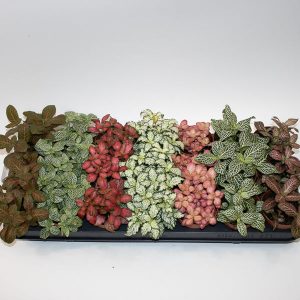
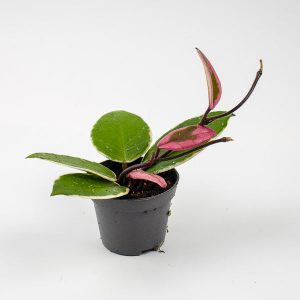
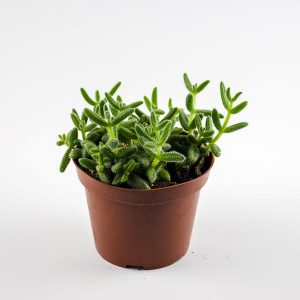
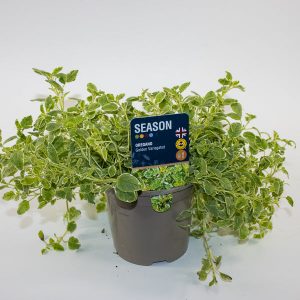
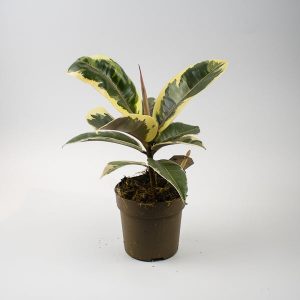
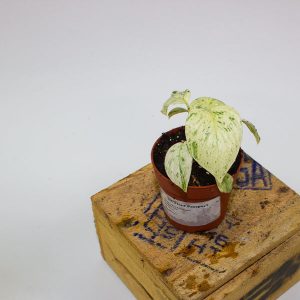


Reviews
There are no reviews yet.